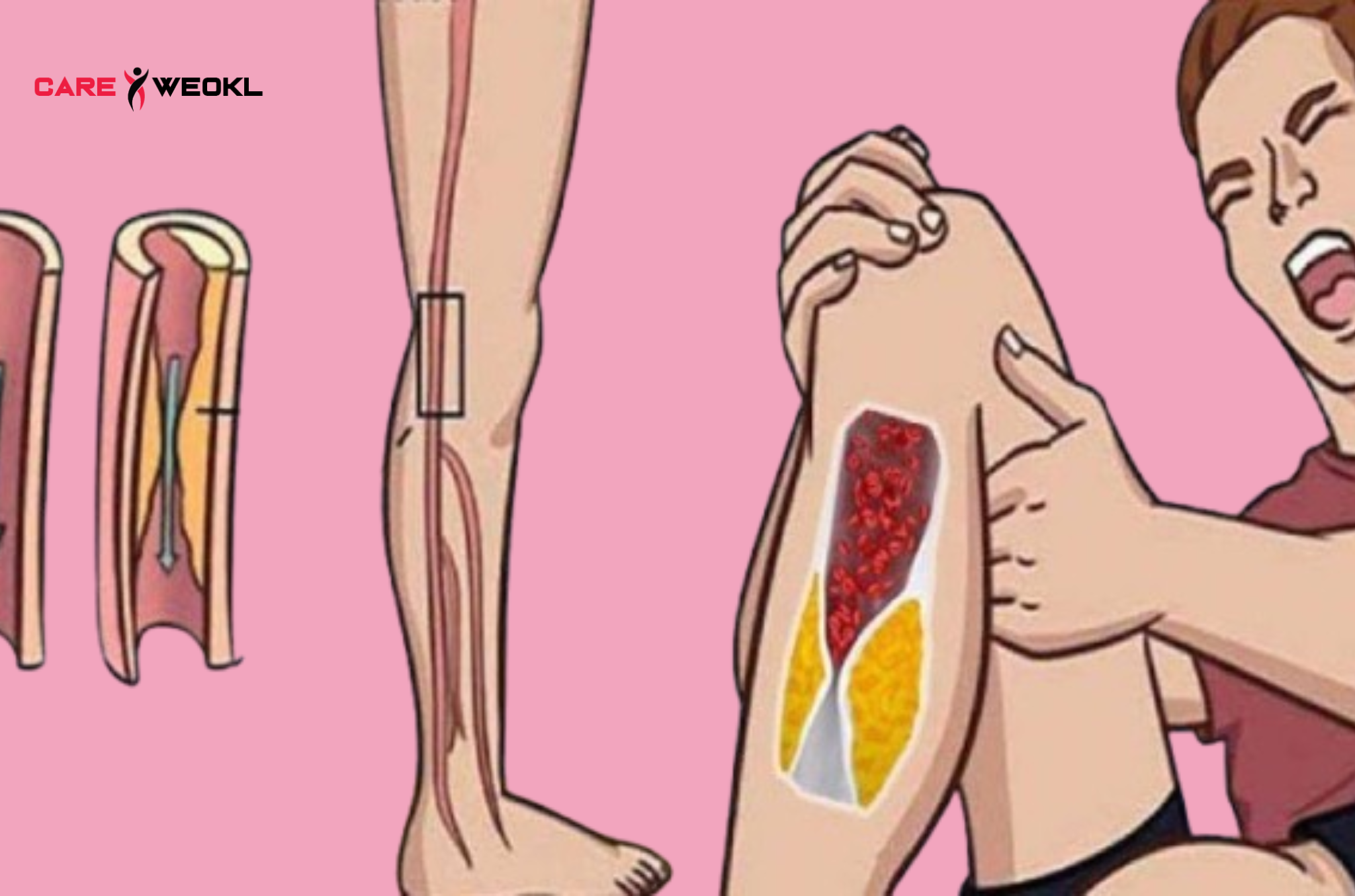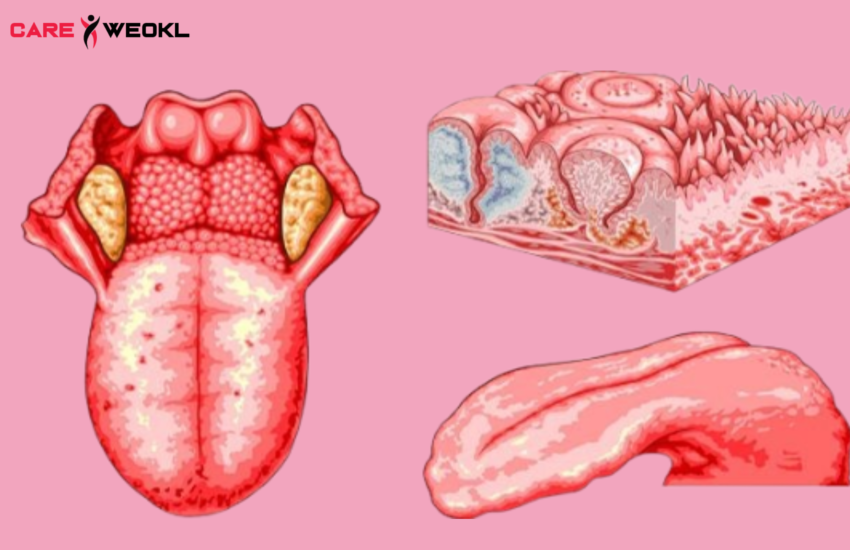Here Are 7 Warning Signs You Have Blocked Arteries
Clogged arteries, or arterial blockages, are a major risk factor for heart disease, stroke, and other cardiovascular problems. Blocked arteries often develop over many years, and can be silent, with few noticeable symptoms until they become more severe. However, there are warning signs to look out for that may indicate a blockage. Early recognition of these symptoms can save lives by enabling timely intervention and treatment.
- Chest pain (angina)
What it is: Chest pain or discomfort (angina) is one of the most common signs of blocked arteries, especially if the coronary arteries (the blood vessels that supply the heart) are affected.
Why it happens: Clogged arteries restrict blood flow to the heart, causing pain or pressure in the chest. This can happen during physical exertion, stress, or even while at rest.
What to look out for: You may feel tightness, heaviness, or pressure in your chest, which is often mistaken for indigestion or heartburn.
When to seek help: If you have chest pain that doesn’t go away, gets worse with activity, or comes on suddenly and unexpectedly, it’s important to get medical attention right away. This could indicate a heart attack in progress.
- Shortness of breath
What it is: Difficulty breathing, even when you’re not exerting yourself, can indicate that your heart isn’t getting enough oxygen-rich blood due to blocked arteries.
Why it happens: If your heart’s ability to pump blood is affected by a blockage, your lungs may not receive the oxygen they need, leaving you short of breath.
What to watch for: Shortness of breath, especially during physical activity or at rest, can be a sign of poor heart function.
When to seek help: If your shortness of breath is persistent or unexplained, especially if it’s accompanied by chest pain or dizziness, see a doctor right away.
- Dizziness or lightheadedness
What it is: Feeling dizzy, lightheaded, or fainting can indicate that your brain isn’t getting enough blood due to blocked arteries.
Why it happens: When blood flow is restricted, especially to the brain, you may experience symptoms of dizziness, lightheadedness, or fainting.
What to watch for: Feeling faint, especially when standing up quickly, or feeling dizzy suddenly can be an early sign of restricted blood flow.
When to seek help: If these symptoms are frequent, sudden, or lead to fainting, it’s important to seek medical advice immediately.
- Fatigue
What it is: Persistent, unexplained fatigue that doesn’t improve with rest may be a sign of blocked arteries, especially if the heart isn’t pumping blood efficiently.
Why it happens: Reduced blood supply means that your body’s organs and tissues are receiving less oxygen, leading to increased fatigue.
What to watch for: Persistent fatigue or exhaustion, especially after minimal exertion, can indicate a potential problem with your arteries.
When to seek help: If your fatigue is excessive or is accompanied by other symptoms such as chest pain or shortness of breath, it’s time to see a healthcare provider.
- Cold extremities (hands and feet)
What it is: Cold or numbness in the hands and feet may be related to poor circulation caused by blocked arteries.
Why it happens: Reduced blood flow, especially in the peripheral arteries (arms and legs), can cause cold, numb, or tingling sensations in the extremities.
What to look for: Persistent coldness or discolored, pale skin on the hands, feet, or legs may indicate a circulatory problem.
When to seek help: If you notice persistent coldness or numbness, especially if it gets worse over time, consider seeing a doctor for a cardiovascular evaluation.
- Swelling in the legs or ankles
What it is: Swelling, especially in the lower legs or ankles, can be a sign that blood is not flowing properly due to blocked arteries.
Why it happens: When blood flow is restricted, fluid can build up in the legs, leading to swelling.
What to look for: Swelling that comes and goes or lasts a long time could indicate a blockage in your arteries, especially in your legs.
When to seek help: If the swelling is persistent, painful, or accompanied by other symptoms such as shortness of breath, you should see your health care provider for an evaluation.
- Leg pain or discomfort
What it is: Pain, cramping, or discomfort in your legs, especially when you walk or exercise, could indicate peripheral arterial disease (PAD), a condition caused by blocked arteries in your legs.
Why it happens: Blockages in the arteries that supply blood to your legs can cause pain or cramping, especially with physical activity. This is known as claudication.
What to look for: Pain, cramping, or heaviness in your legs that gets better with rest could indicate narrowed or blocked arteries in your legs.
When to seek help: If your leg pain or cramping is persistent, or if it limits your ability to walk or exercise, see your health care professional for further testing.



